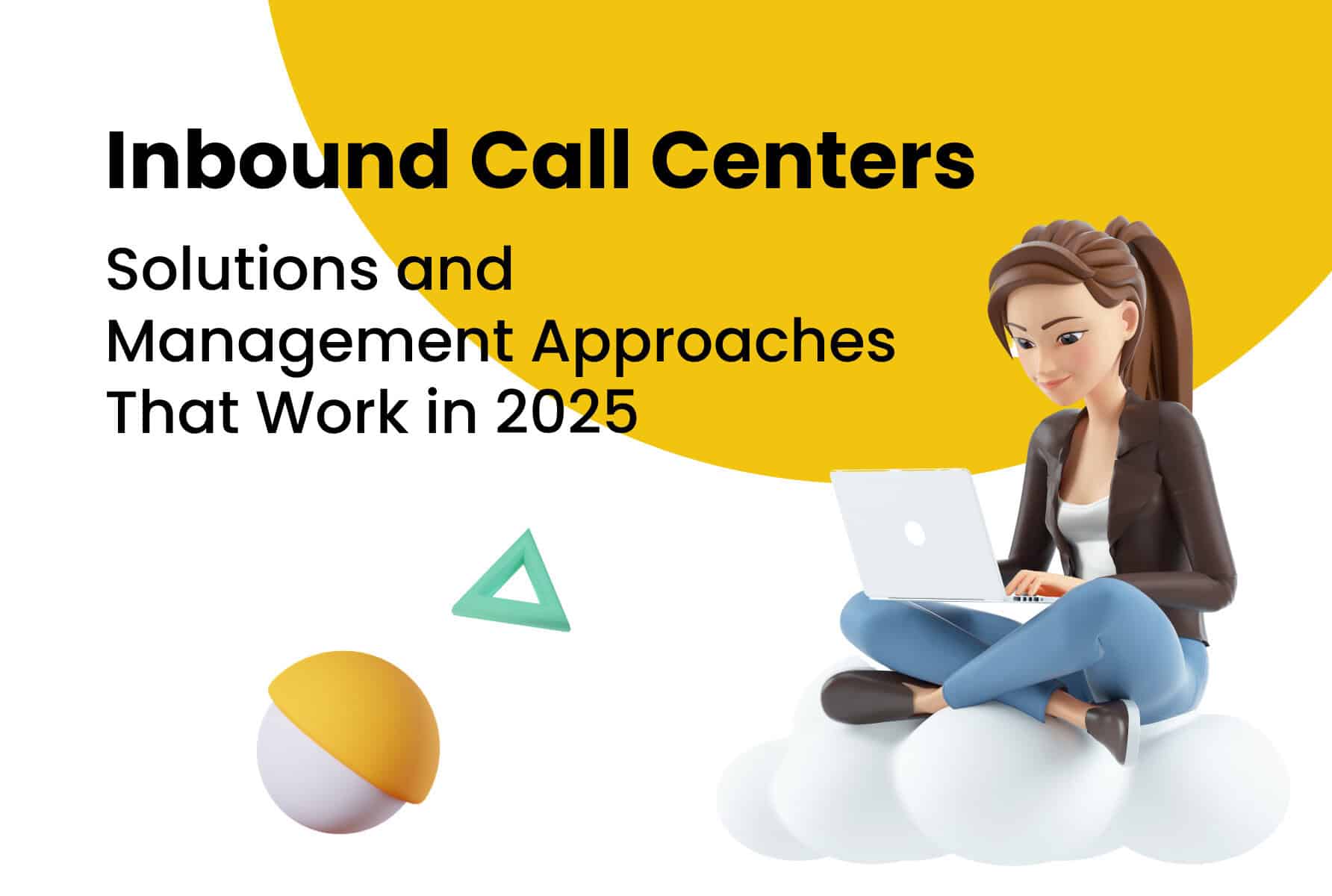Remote work has grown 173% since 2005, 11% faster than the rest of the workforce. Over half of the workforce holds a job that could be done, at least partially, from home—and employers are increasingly allowing it on a more permanent basis as a result of the required remote working due to Covid-19. In addition to reducing health risks, remote work has been shown to increase productivity, decrease absenteeism, decrease turnover, and save money. As more employers realize these benefits, many expect remote work to become more common after the dust settles from COVID-19. As a result, remote onboarding programs are being implemented in businesses all over the world.
But, as we’ve come to see, remote workers have different needs than office workers. They need the right office set-up to perform their jobs, but within the confines of their home. They can’t walk down the hall to a colleague’s desk to ask a question, so they need tools that enable communication. And because they don’t physically come into an office, so they need to know when they’re expected to be available virtually. Their employee experience is different, and they need unique programs to support them. This begins with a strong employee onboarding program.
A good onboarding program is key to getting your new employee up and running in no time. Although, don’t rush it. A good onboarding process can take months.
So, what exactly is remote onboarding?
Onboarding is a sequence of events, normally including training sessions, workshops and calls that allows new employees to get to know their role, their team and the place they sit in the business. Onboarding gives new hires a chance to discover more about the company itself, it’s values, procedures and products or services. The onboarding process is likely to be tailored to fit the role and last several months. Remote onboarding is simply the term used when the business, employee or both are based remotely.

The events of 2020 have changed the way we are working. Of those who work from home, 86% did so as a result of the COVID-19 pandemic. Remote working can be financially beneficial due to lower overheads, increased productivity and lower employee stress levels.
“An organisation is putting a new hire at risk if that person feels that they are all alone” Rob Altman, SVP Operations, CloudCall.
Take a look at our ideas for a great welcome:
Send a warm welcome
11% of people have changed their minds on an offer after signing. A warm welcome can reinforce a new employee’s decision to accept your offer, and set the tone for employee engagement. Let them know how excited you are to have them join the company, and encourage other employees to reach out via Slack, Zoom, email, Teams, or LinkedIn.
Share next steps, including information about employee onboarding. Some companies fly remote workers to the company headquarters for employee onboarding. New hires should be made aware of this well before the offer stage, and should receive details of their travel arrangements and itinerary shortly after offer acceptance. Similarly, employees who will receive remote employee onboarding should be filled in on what to expect.
Make sure remote workers have the equipment they need to do their jobs
Office employees typically have a desk, chair, computer, and other peripherals when they arrive on their first day of work. Remote workers may not have a home office set up yet, and usually require the company to provide the usual equipment.

Consider setting a budget for each remote worker to set up their home office. It may be helpful to provide a list of office essentials to simplify this experience for your new hires. If you send equipment, like laptops, make sure it arrives prior to the employee’s first day. You may also choose to provide employees with an ongoing stipend to use toward electricity, internet, phone, and supplies.
Match new remote workers with a remote buddy
A buddy program is a great way to help new employees acclimate to your organization. Buddies can help new hires learn things like who to go to for IT support, and how other employees use tools like Slack and Asana to communicate.
If you have a hybrid workforce, matching your remote workers with other remote employees can be helpful. They can help answer questions that are more specific to this type of worker. For instance, how to handle daily interruptions at home, how to use the VPN, and anything else that may be unique to working remotely.
Create a memorable first day
An employee’s first day is crucial to long-term employee engagement and retention. If you fly remote new hires into your company headquarters, the day might be structured similarly to an office employee’s first day. Just make sure to include some remote-specific training, like how to access key technology remotely.

For remote onboarding, consider kicking off the day with a virtual coffee meeting. Encourage your new employee’s manager—and perhaps their entire team—to grab a cup of coffee and meet via Zoom. You could even make this extra special by ordering a breakfast delivery or care package to arrive that morning.
Share your remote work policy
Nearly two-thirds (63%) of employers have remote workers, yet only 43% have remote work policies. If you don’t already have one, it’s time to write one up. Your remote work policy might include things like the hours you expect employees to be available, and what kinds of things remote workers can buy with their stipend.
Review your remote work policy during your onboarding process so your expectations are clear. You should also review any processes related to your policy, such as how to submit an expense report for office expenses.
Use a checklist
A new hire checklist can help ensure you don’t miss any critical steps in your onboarding process. Again, this is particularly useful if you have a hybrid workforce, as you don’t want to forget a critical step that may not exist for office employees (i.e. shipping a laptop).
Gather employee feedback
Employee feedback is crucial for designing and executing great HR programs. New hire surveys help you learn what you’ve done well in the early employee experience, and where you could improve.

Include a question to learn whether the respondent works onsite or remotely. This allows you to segment your data and learn what different groups of employees think of your employee onboarding program. It can also provide useful feedback to fine-tune your onboarding experiences for these two types of employees.
We asked Rob Altman, SVP Operations, about his experiences of remote onboarding with CloudCall.
“Very positive and technology has really helped my onboarding experience. For years I’ve worked for companies that have embraced unified communications and as a result I really like using video. Voice and video have been the biggest contributors to the ability to on-board in the crazy time we have right now. I also think having the right technology set up in place is paramount, whether you’re a new starter or not, having the tools to communicate effectively is massively important.”
Employers are seeing the benefits of a remote workforce, and it’s becoming more and more common every day. But employers are also realizing that People Ops programs intended for office employees need to be adapted for this group. Employee onboarding, in particular, sets the tone for the entire employee experience. Consider how you can create a process that will engage and retain the talent you’ve worked so hard to recruit, then collect feedback and fine-tune it.
Using technology like CloudCall’s call recording feature can make processes such as remote training much easier. Allowing new employees to listen back to sales pitches and meetings can be an invaluable source of information. Getting a new hire to take over a client or candidate from a colleague can be virtually seamless if they are able listen back to past conversations.
This is an investment that will surely pay off.
To find out how else CloudCall can help grow your business by allowing your new employees to work smarter and faster with our integrated communications platform, contact our sales team, or book a demo.



